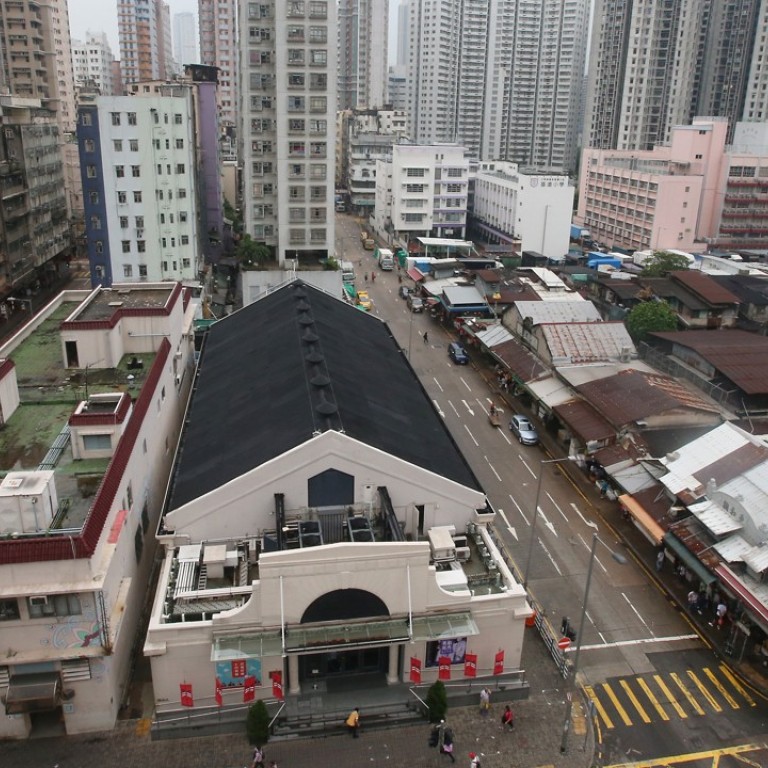
Hong Kong redevelopment plan on hold as city tackles ageing buildings
Pilot scheme letting residents start redevelopment projects for dilapidated buildings on hold until 2019
The Urban Renewal Authority will suspend a scheme that allowed communities to initiate building redevelopments for at least two years, to buy time to come up with better planning solutions to solve the city’s ageing buildings problem.
The pilot scheme, which lets residents start redevelopment projects for dilapidated buildings, has been put on hold until 2019, the authority’s managing director Wai Chi-sing said on Wednesday.
“The original intention of the demand-led projects is good, but there have been some operational difficulties and we need to find a solution to address them,” he said.
Wai said most projects involved individual building owners, leading to single-block buildings being constructed, rather than wider estates with communal facilities.
The public has long criticised the URA for what is seen as a piecemeal approach, building single blocks on each redevelopment site without considering community needs.
“This is not the most efficient use of land resources,” Wai said.
Since the scheme’s launch in 2011, nine out of 12 demand-led projects have been completed. The other three were aborted as they were unable to reach a deal with the required 80 per cent of the building owners.
There have been some operational difficulties and we need to find a solution
The suspension comes as the city prepares for the effects of ageing building stock.
There are around 4,000 buildings which are 50 or more years old, with an increase of 500 a year over the next decade, according to the authority. By 2046, 300,000 private flats will be over the age of 70, official statistics show.
The URA hopes to come up with new solutions to the problems as part of a two-year study looking at redeveloping Yau Tsim Mong district, home to some 2,700 buildings over the age of 30.
One solution would be to figure out a way to integrate several redevelopment projects in one area led by different stakeholders, for a more district-based approach.
“In many cases, you’ll see that a developer may want to redevelop a building and across the road there will be another one initiated by small landlords. If we can combine different smaller neighbouring sites together into one bigger redevelopment project, the redevelopment would be more effective,” he said.
But he said the negotiating process would need to be highly transparent, given concerns that the public may have over government-business collusion.

